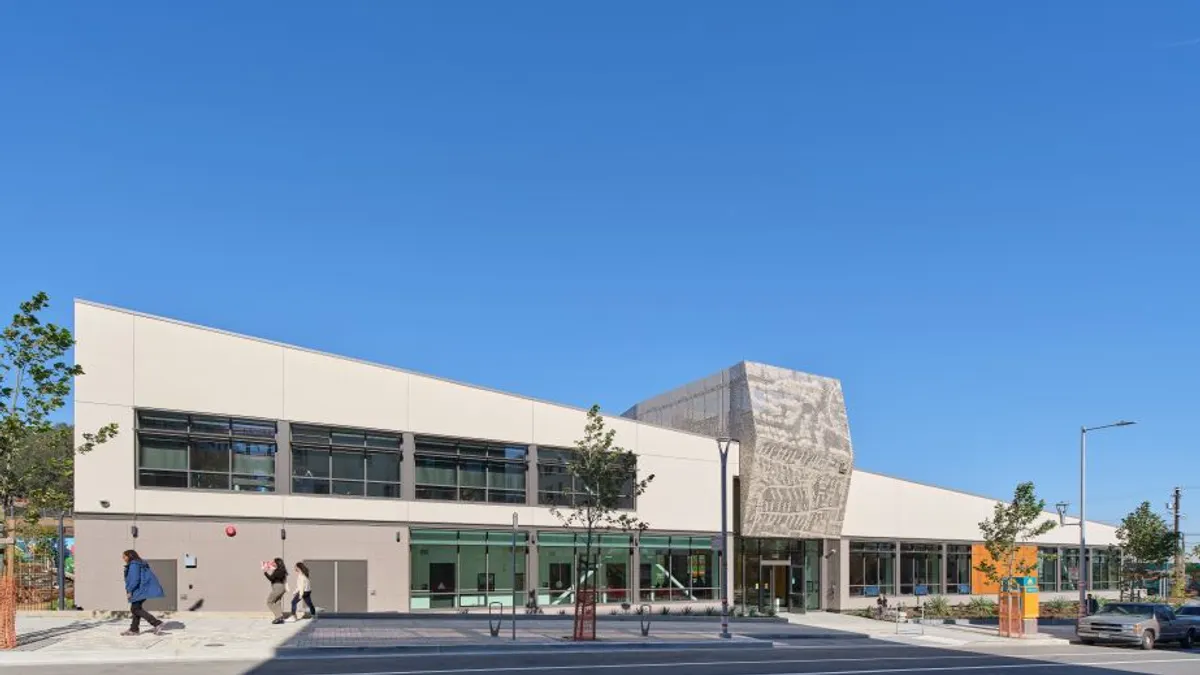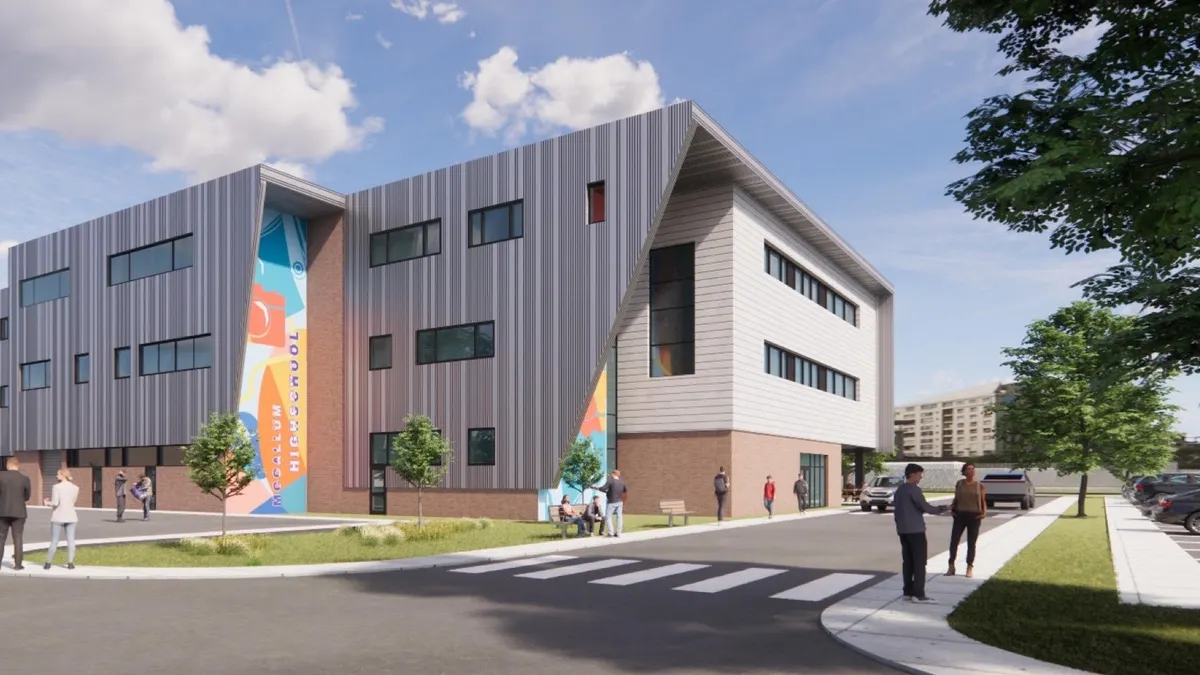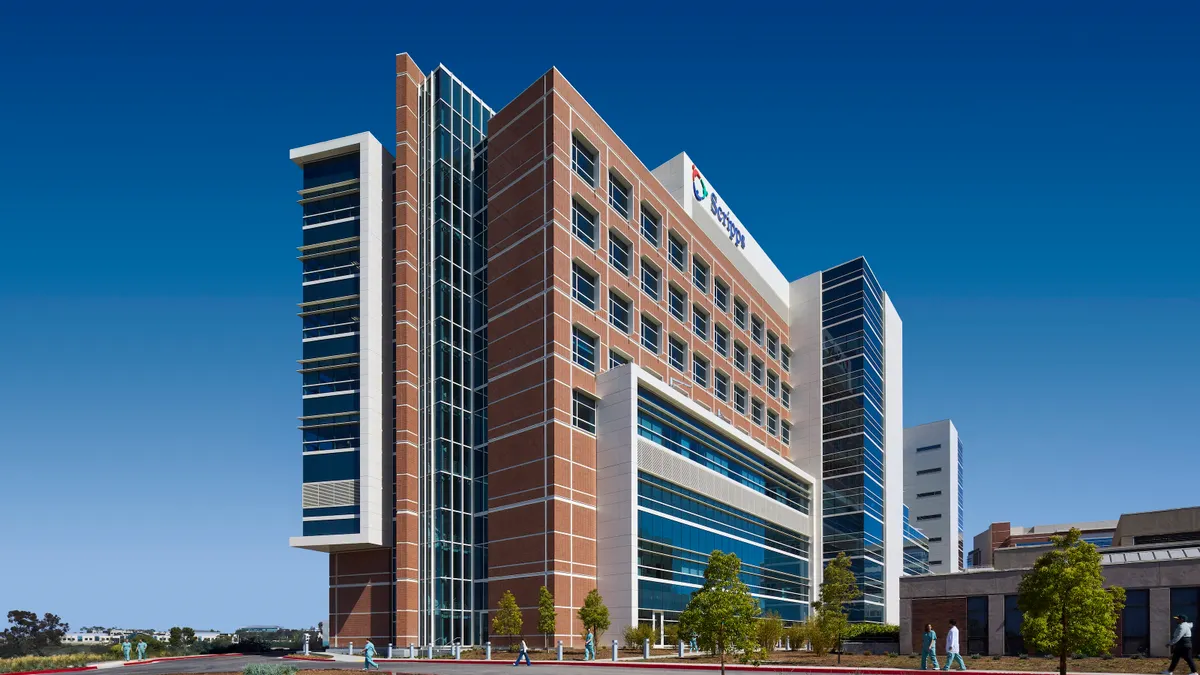Technology was the hot topic of the Construction Management Association of America's National Conference & Trade Show this week. Sessions about new innovations and tools, as well as the risks that come with them, dominated the show schedule.
James Ruddell, VP and director at Parsons Brinckerhoff, said, "Any emerging technology is going to find legs and survive and go forward, if we want it to or not." And with that technology, construction professionals need to consider both the benefits and risks.
We've collected the most important issues, advice and more from these sessions. Whether the new innovations include BIM, drones, or construction management software, the conference experts were in agreement that change is coming, and construction professionals need to adapt to the ever-evolving industry landscape.
An ethical approach
One of the main problems with the constant stream of technological innovations is the fact that people rarely take the time to evaluate the ethical ramifications of the new advancements, according to James Ruddell and his brother Larry Ruddell, president of the Global Institute for Ethical Leadership and dean of faculty at Belhaven University.
The brothers presented a session addressing the possible consequences of hot technologies in the construction industry and advised construction managers on how to avoid future problems.
"With new technologies, our eyes glaze over like a Krispy Kreme donut and we don't really think about it," Larry Ruddell said. "But the question is, 'How can we do the right thing when we innovate?'"
The Ruddells advised construction professionals to establish an ethical organization and ensure a solid company culture with clear guidelines.
"We have to keep in mind that change is inevitable and progress is good," Larry Ruddell said. "But change is not necessarily ethical in and of itself, and there is nothing inherently wrong with change. We must bring in an ethical component and ask: Change to what? Change for what?"
The brothers discussed some of the biggest emerging technologies in construction right now:
-
Facial recognition software, which can provide safety and payroll functions, but also raises privacy concerns.
-
Drones, which can help with surveying, inspection, and progress photos, but also come with possible privacy problems and safety concerns, as the experience of drone operators is often unknown.
-
Robots, which can automate repetitive work and offer safety benefits, but have caused some in the iron work sector to oppose the new technology taking an aspect of jobs they enjoy, as iron work is often considered a "glamorous" occupation.
When privacy issues arise, James Ruddell said the impetus is on the owner to anticipate how the new tools might be used beyond their initial purpose, as well as the need to disclose to employees how the technology is going to be used.
"There needs to be checks and balances when we're managing personal information like this," Larry Ruddell said. "Even if it may seem less efficient, it's the right thing to do."
Above all, construction managers and executives need to recognize that their decisions have significant impacts on all levels of the industry, the Ruddells said.
"You must not underestimate the impact you have as an ethical leader," Larry Ruddell said. "The way you do business is good for the game, for the construction industry. Don't underestimate the benefits of having an ethical organization. You can do the right thing and make money."
Ad-app-ting
Apps and tablets are becoming common on construction sites, and AEC professionals are finding new ways to use them for document access and markup, sharing and collaboration, BIM viewing and updating, and capturing data on the go, according to Dareen Salama, assistant project controls manager at STV Inc.
Chitwan Saluja, technology lead at Jacobs Engineering, said, "Mobile applications are an extension of my field office in everyday work. As more apps come to the market, I encourage all to try them and see if they allow you to do more in less time."
Salama recommended some of what she considers the best AEC apps, including:
- BlueBeam Studio
- Prezi
- InfraWorks 360
- Autodesk A360
- e-Builder
Saluja added that some of his favorite programs and apps are:
- Dropbox
- PlanGrid
- Autodesk BIM 360
Different companies will decide which apps best suit their needs, but regardless of which are ultimately chosen, the panelists encouraged construction firms to standardize and choose four or five for the different uses that all employees then utilize. Salama also said that owners should establish their own cloud security policies to ensure the data is secure.
And as new apps are developed, construction professionals should try them out and discover their potential benefits and pitfalls, according to Luciana Burdi, deputy director for capital programs and environmental affairs at the Massachusetts Port Authority. "Apps are popping up one day after another," she said. "You need to standardize at some point, but you don't need to forget what's out there. Things are coming. Be open to change."
Raise the risk?
Technological advancements aren't the only elements changing in the construction industry. New methods of contracts and project management are becoming more widespread. But with that growth comes the question of whether the new techniques will actually result in fewer disputes — a common goal in the industry.
"The thing that makes the most success is the facilitation that we as construction managers bring to the process. I look at myself as a human engineer," said Ron Pennella, construction project manager at Structure Tone and adjunct professor at the Polytechnic Institute of New York University. "As a construction leader, my responsibility is to advocate for completion of the project, for the client, for the design team, for the subcontractor, for everyone else affected. It’s all about people."
The panelists addressed the benefits and possible challenges of six emerging trends in construction management techniques and technology:
-
Integrated Project Delivery. Benefits: Holistic evaluation of problems, more collaboration, ideal for fast-track construction. Challenges: Having to force working relationships, blurred lines of responsibility.
-
BIM. Benefits: Design efficiency, ability to visualize complex spaces, shared platform. Challenges: complexity of the model, different needs for different contractors, question of who holds responsibility, need to control access to data.
-
Pre-fabrication. Benefits: elimination of waste, faster, improved quality, sometimes lower cost. Challenges: Question of what can be prefabricated, more planning required, limited opportunities, jurisdictional disputes.
-
Lean construction. Benefits: eliminate waste, quality control, speed. Challenges: Broad objectives with unclear protocols, lean means something different to everyone, planning intensive.
-
Robots and drones. Benefits: Improved efficiency, less error. Challenges: Loss of control, no past experience working with the technology, potential for huge disputes.
-
Collaboration software: Benefits: All information in one place, easy accessibility, improved communication, quicker decisions. Challenges: Information overload.
With these new technologies and techniques, Christopher Payne, Executive VP of McDonough Bolyard Peck, said he expects the industry to deal with fewer disputes in the future. However, when disputes do arise, they will be more complex and difficult to resolve because they will involve uncharted territory, he predicted.
Pennella added, "We keep hearing about difference with technology, but it can't replace experience … These machines have a usefulness, but it's like a ruler or a hammer. You have to know how to use them."




















